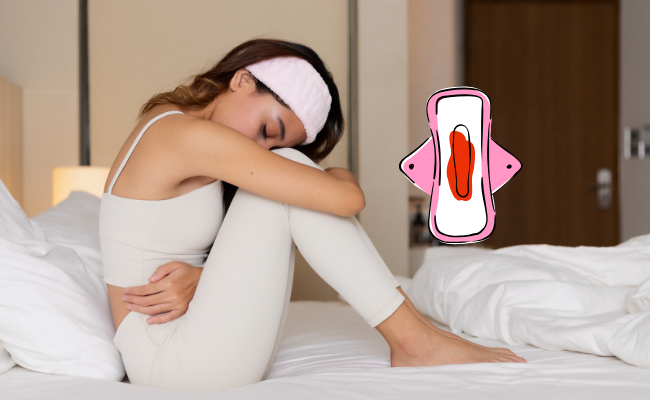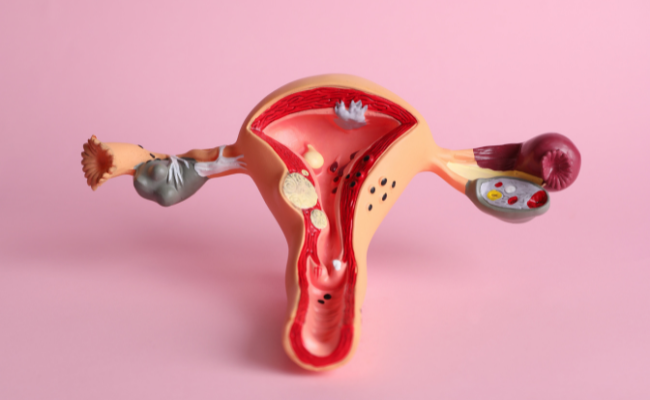How to Treat Labial Fusion?
- October 12, 2023
- No Comments
What is Labial Fusion?
Labial fusion, commonly called labial adhesion, occurs when the inner folds of the female genitalia, the labia minora, adhere or stick together. This condition is frequently seen in prepubescent girls and may vary from partial to complete fusion. While most prevalent in girls under the age of seven, labial fusion can manifest at any age and is generally not a significant cause for concern.
Why Does Labial Fusion Occur?
- Hormonal Changes: Labial fusion is often associated with low estrogen levels, which are typical in prepubescent girls.
- Irritation or Inflammation: Irritation or inflammation in the genital area can contribute to labial adhesion.
- Poor Hygiene: Inadequate hygiene practices may lead to increased irritation and the development of labial fusion.
How to Identify Labial Fusion:
- Visible Adhesion: The labia minora may appear fused or stuck together.
- Difficulty Urinating: Girls with labial fusion may experience difficulty in urination due to the fused labia.
- Recurrent Infections: Increased susceptibility to urinary tract infections or other genital infections.
Treatment Solutions for Labial Fusion:
- Topical Estrogen Cream: Application of a mild estrogen cream to the fused labial area can help promote separation.
- Manual Separation: In some cases, a healthcare provider may gently separate the fused labia during a medical examination.
- Hygiene Practices: Encourage good hygiene practices to prevent irritation and promote natural separation.
- Sitz Baths: Warm sitz baths may help soothe the area and facilitate separation.
- Corticosteroid Creams: Topical corticosteroid creams may be prescribed to reduce inflammation and aid in separation.
Benefits of Treating Labial Fusion:
- Relief from Symptoms: Treatment provides relief from symptoms such as difficulty in urination and discomfort.
- Prevention of Infections: Addressing labial fusion helps prevent recurrent infections in the genital area.
- Improved Quality of Life: Girls who undergo successful treatment can resume normal activities without discomfort.
- Enhanced Hygiene Practices: Treatment encourages and reinforces good hygiene practices for long-term health.
- Prevention of Complications: Timely intervention prevents potential complications associated with labial fusion.







.jpg)


Comments (0)
No comments yet